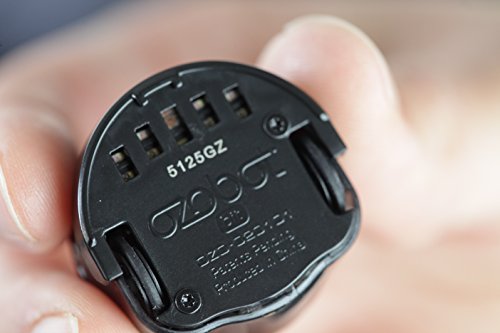We have several robotics exhibits at the STEAM Museum, including line tracking robots that work with tablet computers. Kids of all ages can program these tiny robots not with lines of code, but with lines of color! See how they work in this video.
These tiny robots may be small, but their educational impact is huge! Watch how kids of all ages intuitively program these robots, observe their response, then modify their instructions. Your kids will learn the scientific method without even realizing it. Take a look!
How it Works
Robots don't have sense organs like eyes and ears that we do to experience the world. Instead, they have sensors of various types that enable them to see and hear and touch. These line tracking robots have a set of 5 sensors. The sensor in the center is tuned to pick up different colors where the 4 sensors on either side are IR (infrared) sensors that tell the difference between light and dark.
Programming on a mircochip inside the robot's dome coordinates what the sensors see with what the robot does. There is a basic logic to how the robot works. If the right and left sensors have the same values, and the values of them are different from the secondary IR sensors, the robot must be on a line and the wheel motors continue running in the same direction. If not, the robot must be off the line so the robot keeps moving until one of the side sensors value changes, then it turns to the direction that its sensor value changed.
The middle sensor serves a couple of purposes. First, since it can sense color, it is what allows the robot to change the color of its main LED to the color of the line it's passing over. It also allows the robot to interpret special "dot codes" that change the robot's behavior. By drawing specific combinations of colored dots, or using on-screen "flashing" dot codes (in a proprietary app), you can make the robot change direction, speed up, slow down, or even keep track of variables.
Check back again for more close looks at the various Stations of STEAM to see what you and your kids will be able to explore when you bring Mobile Ed's STEAM Museum to your school.
Ordering STEAM Museum couldn't be easier. You can call Mobile Ed directly at 800-433-7459 or click the button below to learn more about the program.






